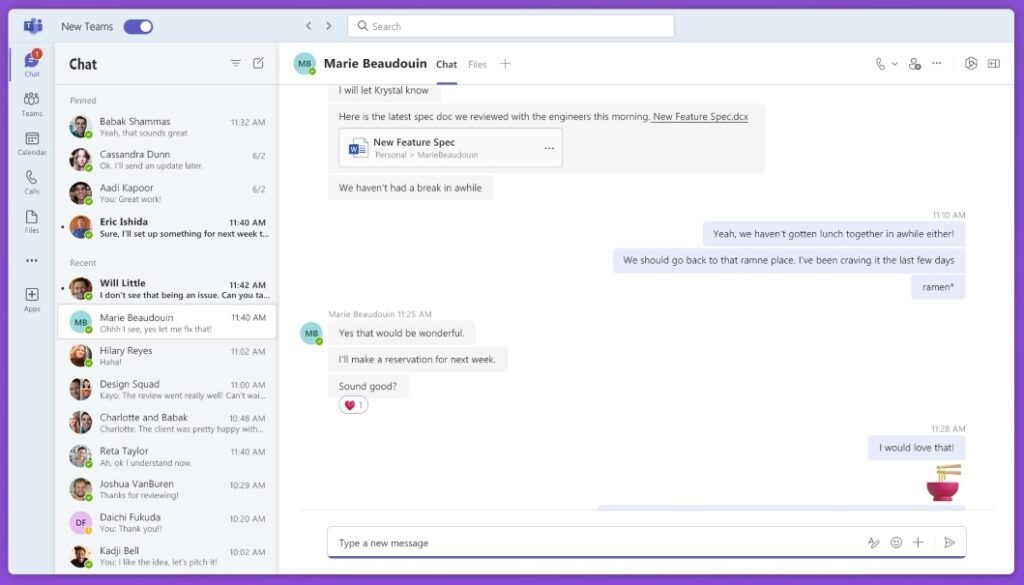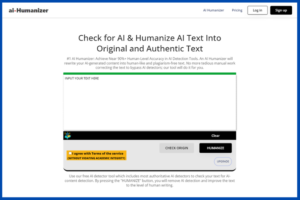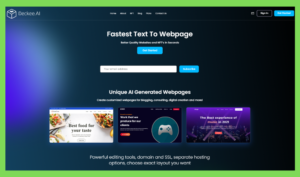Introducing Microsoft Places: Revolutionizing Hybrid Work
Introduction
Following the COVID-19 epidemic, the nature of work has changed dramatically, with remote and hybrid models becoming more and more common. Microsoft is leading the way in innovation in the midst of these shifts, having unveiled Microsoft Places, a ground-breaking application that is seamlessly integrated into Microsoft 365 and intended to support flexible and hybrid work arrangements.

Key Features of Microsoft Places uses AI
1. Location Plan Integration: Microsoft Places has a special section for scheduling and sharing office days, which makes it easy for coworkers to coordinate.
2. Priority Day Setting: To guarantee coordination during important occasions or team meetings, managers can set aside specific days as priority days for in-office plans.
3. AI-Powered Scheduling: By integrating with Microsoft Copilot, users may get individualized recommendations for workdays that take into account things like in-person meetings and the availability of their colleagues.
4. conference Room Finder: This software makes it easier to schedule desks or conference spaces and comes with reminders to make sure everything goes according to plan.
5. Space Analytics: Facility managers can more efficiently utilize resources thanks to real-time data regarding building usage and popular days.

Use Cases of Microsoft Places uses AI
Microsoft Places supports a range of scenarios found in contemporary workplaces:
- Fostering deep, in-person interactions between team members.
- Reducing the time it takes to reserve meeting rooms and increasing efficiency.
- Supplying useful information to optimize resource allocation and workplace design.
Pros & Cons of Microsoft Places uses AI
Pros:
- Improved connectedness and cooperation in mixed work settings.
- Streamlined resource management and scheduling.
- Decision-making for facility optimization based on insights.
Cons:
- Reliance on the Microsoft 365 network.
- Possible inclines for novice users to learn.
How to Use Microsoft Places uses AI
- Use Microsoft 365 to access Microsoft Places.
- Decide on your office days and set up your location plan.
- Make the most of AI-generated recommendations for scheduling.
- Make desk and conference room reservations with ease.
- Use space analytics to make well-informed choices.
Call to Action
With Microsoft Places, explore the mixed work of the future! Enroll in the preview program right away to transform the way your team plans meetings and works together.
Conclusion
Microsoft Places stands out as a game-changer as we traverse the changing dynamics of the modern workplace because it provides a comprehensive answer for the difficulties associated with mixed work settings. It gives enterprises the tools they need to enhance productivity, promote collaboration, and adjust to the needs of a world that is changing quickly thanks to its easy features and seamless integration. Use Microsoft Places to embrace the work of the future.
FAQs
1. What is Microsoft Places?
Microsoft Places is a new app integrated into Microsoft 365, designed to facilitate flexible and hybrid working arrangements by helping users coordinate in-office time effectively.
2. How does Microsoft Places work?
The app allows users to set and share their office days, receive personalized suggestions for optimal scheduling, book meeting rooms, and gain insights into building usage through space analytics.
3. Is Microsoft Places only for in-office use?
While Microsoft Places focuses on optimizing in-office experiences, it also caters to hybrid work models, providing tools for seamless coordination between in-office and remote team members.
4. How does Microsoft Places integrate with other Microsoft 365 apps?
Microsoft Places seamlessly integrates with Outlook and Microsoft Teams, feeding location data into calendars, marking nearby colleagues, and facilitating impromptu conversations or meetings.
5. Can managers use Microsoft Places to track individual employee movements?
No, Microsoft Places primarily focuses on facilitating team coordination and resource optimization rather than tracking individual employees.
6. Is Microsoft Places available for all Microsoft 365 users?
Interested people can register for Microsoft Places, which is now in preview, to use its features directly. In the future, it might be made available to all Microsoft 365 subscribers.
7. Does Microsoft Places require additional payment?
While Microsoft Places is part of Microsoft Teams Premium, which offers additional features at a promotional price, it may incur additional charges once the promotional period ends.
8. Can Microsoft Places be accessed on mobile devices?
Yes, Microsoft Places can be accessed on mobile devices through the Microsoft 365 app, enabling users to manage their office days and bookings on the go.
9. How does Microsoft Places ensure data privacy and security?
Microsoft prioritizes data security and privacy, following strict guidelines and standards to safeguard user data and guarantee legal compliance.
10. Can I provide feedback or suggestions for Microsoft Places?
Yes, Microsoft encourages user feedback and suggestions to improve the app’s functionality and user experience. Users can provide feedback through dedicated channels or participate in preview programs to contribute to its development.




